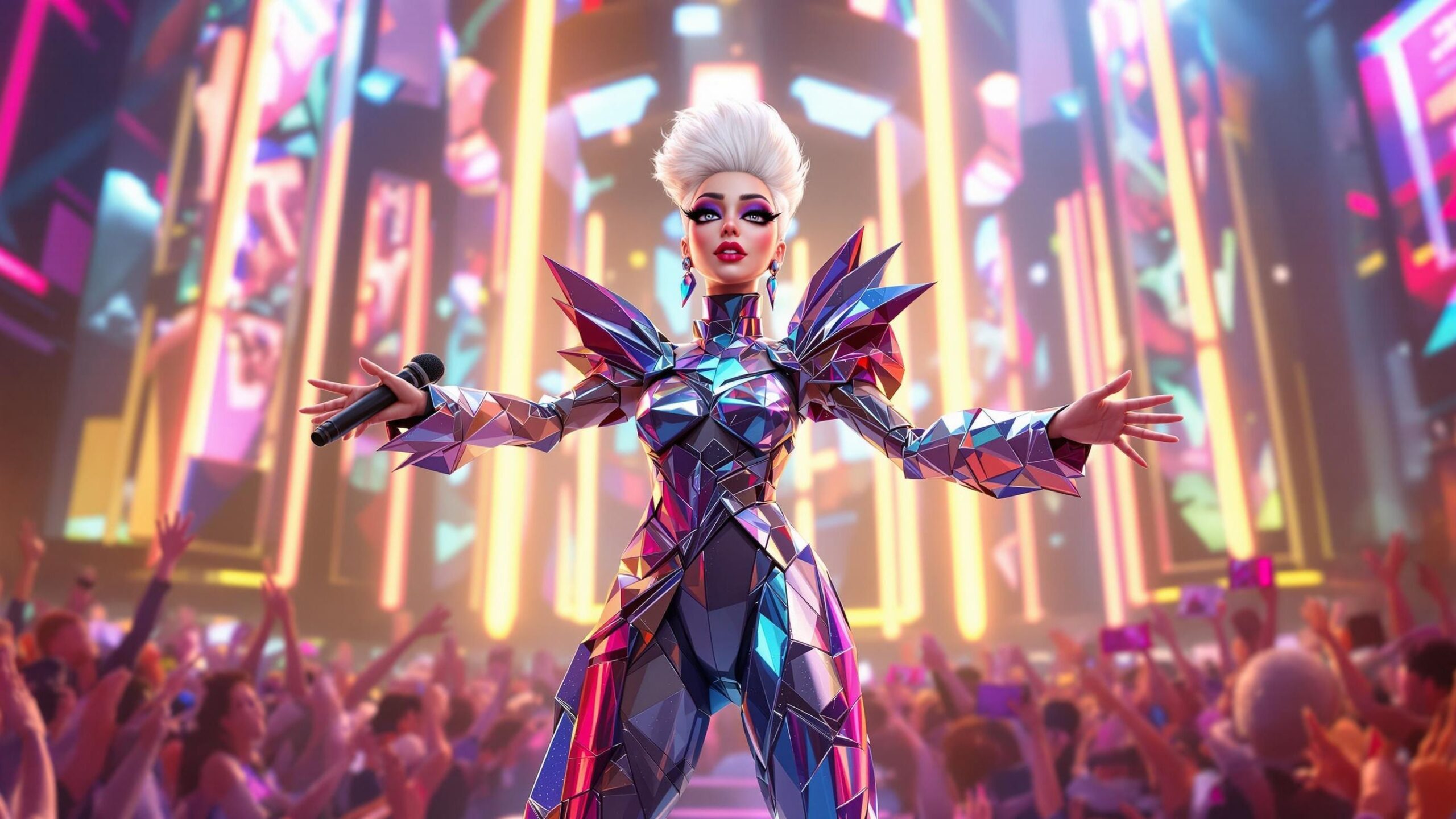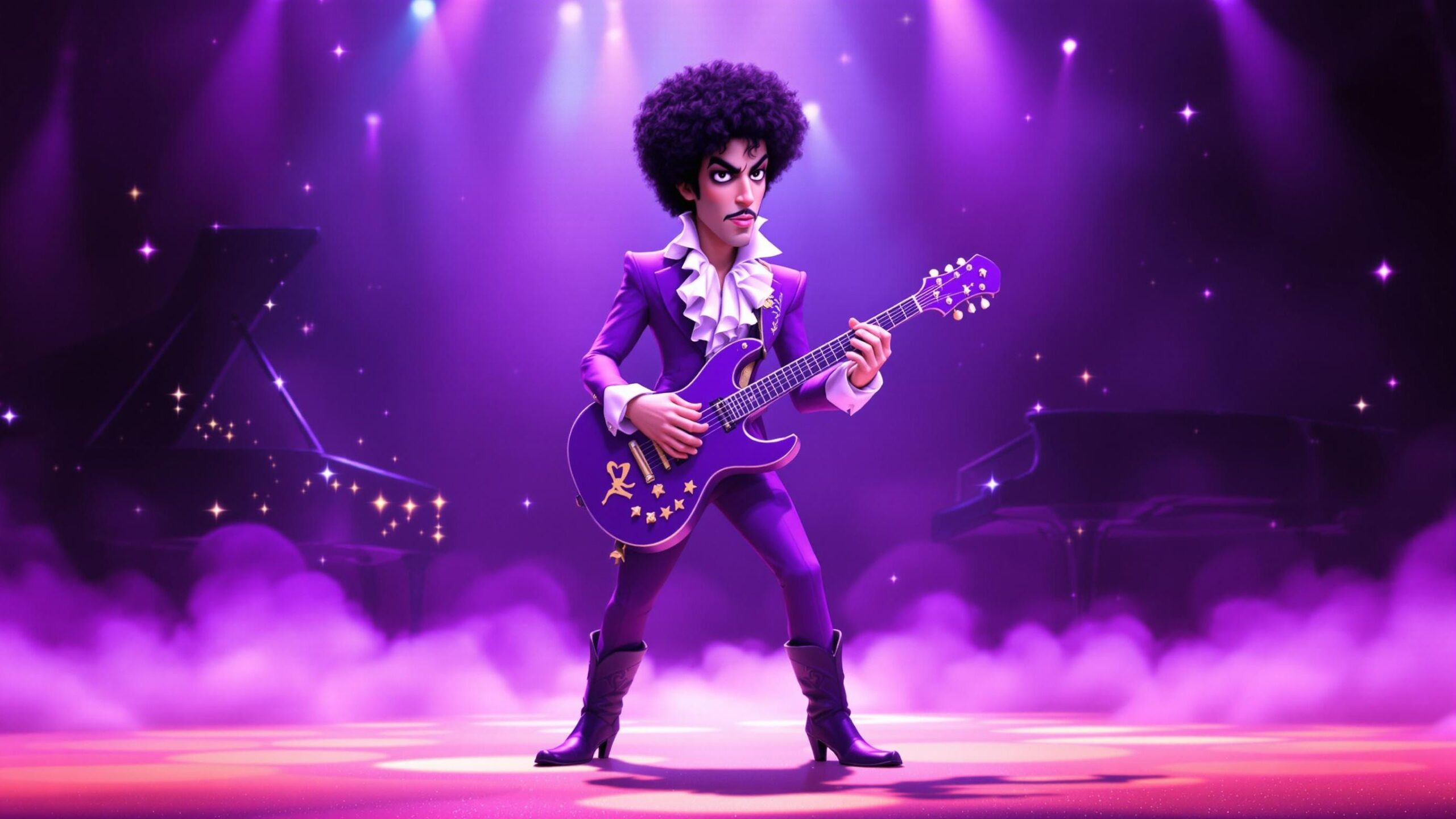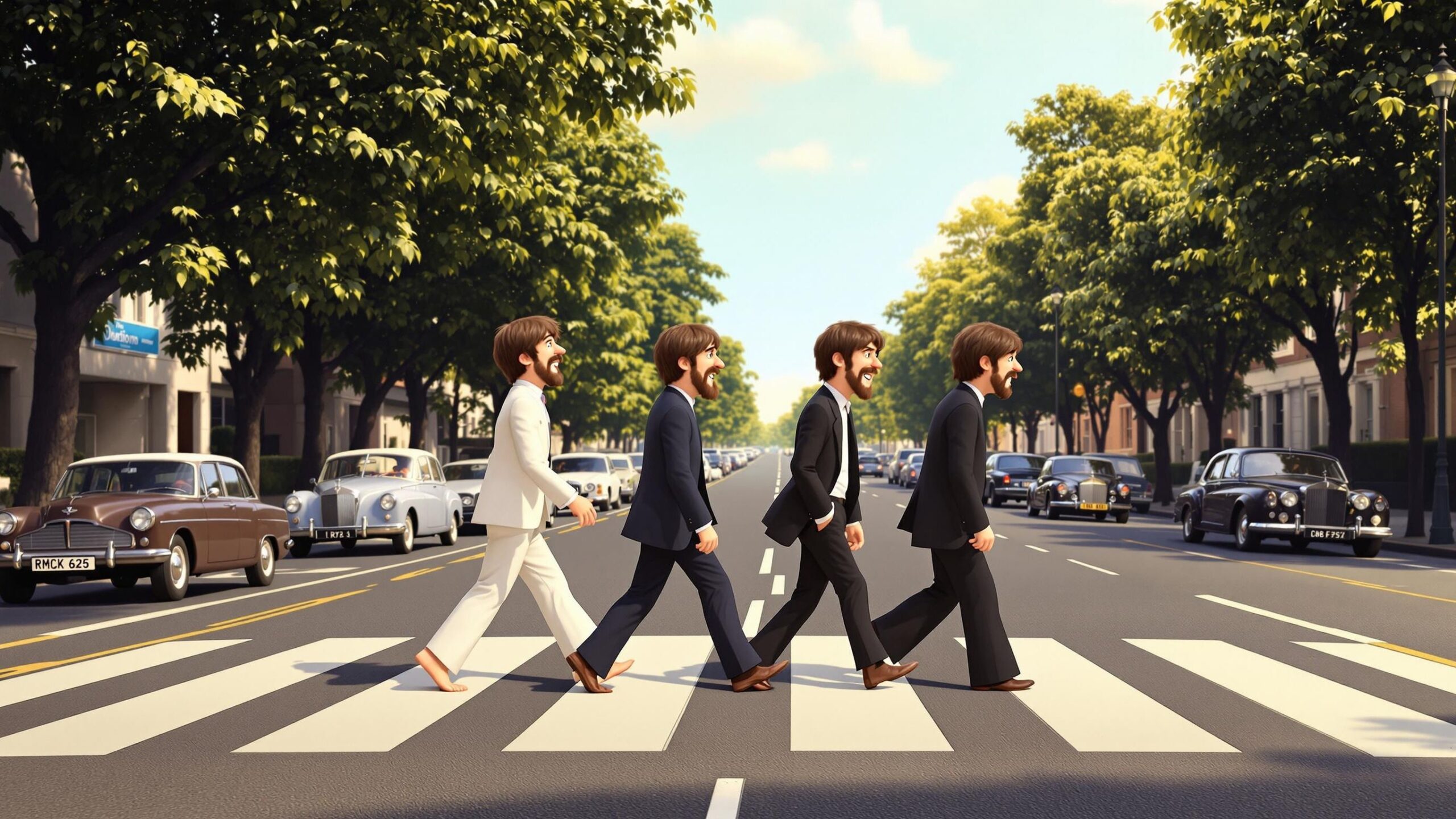Before she was Mother Monster or a Grammy-winner, Lady Gaga was Stefani Joanne Angelina Germanotta—a piano prodigy and theater kid from New York City with dreams bigger than the Manhattan skyline. Raised in a tight-knit Italian-American family, she began playing piano at four and performing in open mics by her teens. She studied at NYU’s Tisch School of the Arts before dropping out to chase stardom on her own terms. But Gaga didn’t just want to make music. She wanted to embody it. Influence it. Challenge everything we thought a pop star could be. Emerging in the late 2000s with a bang, she didn’t tiptoe into fame—she marched in wearing disco sticks and platform heels, ready to turn the music world upside down.
The Fame: Pop with a Provocative Edge
Lady Gaga’s debut album The Fame (2008) was a glittering fusion of synth-pop, dance beats, and cheeky commentary on celebrity culture. With hits like “Just Dance,” “Poker Face,” and “Paparazzi,” she delivered infectious anthems wrapped in glam and irony. While critics scrambled to decode her, fans were busy dancing—and obsessing. But it wasn’t just the music that made Gaga an overnight sensation. It was the theater of it all. Whether she was bleeding on stage, arriving in an egg at the Grammys, or donning futuristic couture on late-night TV, Gaga’s every move was a performance piece. Fame wasn’t the result of her art—it was the art. She wasn’t just another pop princess. She was pop’s provocateur, a high-concept creator using music videos, fashion, and interviews to craft an alter ego that challenged consumerism, vanity, and our obsession with celebrity.
The Monster Era: Born This Way and Building a Movement
In 2011, Gaga raised the stakes with Born This Way, an album that fused house, rock, gospel, and politics into a fearless call to self-expression. The title track became an LGBTQ+ anthem, declaring “Don’t be a drag, just be a queen,” and solidifying Gaga as more than a pop star—she was a leader, a symbol, a beacon for outsiders and dreamers. The album pushed boundaries musically and thematically. Tracks like “Judas” and “Hair” wrestled with faith and identity, while “Marry the Night” showcased her resilience and theatrical flair. The visuals, once again, were staggering: from horned prosthetics to motorcycle hybrids, Gaga transformed herself into a walking manifesto. The accompanying Born This Way Ball tour was a spectacle of architecture, performance, and defiance. Gaga wasn’t playing arenas—she was building worlds. And her fans, whom she dubbed “Little Monsters,” weren’t just supporters. They were her community, her family, her army of believers.
Artpop and the Avant-Garde Gamble
Always a risk-taker, Gaga followed Born This Way with Artpop (2013), a chaotic, glittering experiment that sought to merge the gallery and the dance floor. With tracks like “Applause,” “Venus,” and “Do What U Want,” she explored the duality of artist and object, asking audiences to rethink pop as high art. Artpop polarized critics and confounded casual listeners. But to Gaga, that was part of the point. The project was messy, bold, and wildly ambitious—an artistic rebellion against safe, polished pop. Collaborating with performance artist Marina Abramović and fashion legend Jeff Koons, she leaned hard into her conceptual roots. Though the album didn’t match the commercial success of its predecessors, it laid the groundwork for a broader understanding of Gaga as an artist first and foremost—not just an entertainer. She had declared that pop could be performance art—and she wasn’t backing down.
The Stripped-Down Star: Jazz, Joanne, and Vulnerability
After years of spectacle, Gaga stunned audiences again—but this time by taking it all off. In 2014, she teamed up with Tony Bennett for Cheek to Cheek, a jazz album that showcased her pure vocal chops. The record proved what many already suspected beneath the wigs and rhinestones: Gaga could sing. Really, really sing. Then came Joanne (2016), a personal, heartfelt album dedicated to her late aunt. Stripped of electro-beats and theatrics, Gaga embraced a more natural aesthetic—donning a pink hat instead of a meat dress and trading synths for acoustic guitars and Americana soul. Songs like “Million Reasons” and “Joanne” revealed raw vulnerability, adding new dimensions to her artistry. It was a rebirth. She wasn’t abandoning Gaga—she was reminding the world that underneath the glam and glitter was a real person, capable of emotional depth, vocal range, and lyrical intimacy.
A Star Reborn: Hollywood, Oscars, and Shallow Greatness
In 2018, Lady Gaga conquered yet another frontier: Hollywood. Starring alongside Bradley Cooper in A Star Is Born, she delivered a performance that was both critically acclaimed and heartbreakingly authentic. As Ally, she embodied the journey of a woman discovering her voice in a world full of noise. But it was the music that lifted the film into legend. The ballad “Shallow” became an anthem of empowerment, nabbing her an Academy Award for Best Original Song and cementing her place not just as a pop innovator, but a full-fledged cinematic talent. In a single role, Gaga proved she could act, sing, write, and feel her way into the hearts of millions. The transformation from Gaga to Ally wasn’t just a character arc—it was a full-circle moment, merging her pop fame with personal truth.
Chromatica and the Return to the Dance Floor
After Joanne’s introspective tone and A Star Is Born’s cinematic triumph, Gaga returned to her electronic roots with Chromatica (2020). The album, born out of personal pain and mental health struggles, wrapped darkness in glittering synths and pounding beats. Tracks like “Rain on Me” (with Ariana Grande), “911,” and “Stupid Love” were cathartic dance-floor cries—vulnerable yet vibrant. Chromatica was both an escape and an exorcism, proving Gaga’s unmatched ability to turn trauma into melody and movement. The accompanying visuals—metallic armor, dystopian landscapes, cybernetic choreo—brought Gaga back into her art-pop element. But this time, she wasn’t hiding behind characters. She was using them to heal.
The Legacy of Gaga: Art, Activism, and Infinite Reinvention
Lady Gaga’s legacy is more than platinum records and stadium tours. It’s about transformation. About using pop music as a palette for truth, identity, and resistance. She’s advocated for LGBTQ+ rights, mental health awareness, and sexual assault survivors with the same ferocity she brings to the stage. Her Born This Way Foundation empowers youth. Her fashion has redefined red carpets. Her Super Bowl halftime show remains one of the most-watched performances in history. And her influence? Visible in nearly every rising pop star who dares to defy. Gaga’s genius isn’t just in her sound—it’s in her synthesis. She turns pain into power, fame into art, and fans into a family.
The Fame Will Never Be the Same
Lady Gaga didn’t just change the sound of pop—she redefined its shape. She transformed herself again and again, using performance art, emotion, and spectacle to challenge what fame, identity, and music could mean. In an industry that thrives on repetition, Gaga is proof that evolution is survival—and authenticity is everything. Whether wrapped in velvet or chrome, whether belting a jazz standard or dancing in outer space, she remains uncompromising, unmatched, and utterly unforgettable. She is art. She is pop. She is Gaga.




